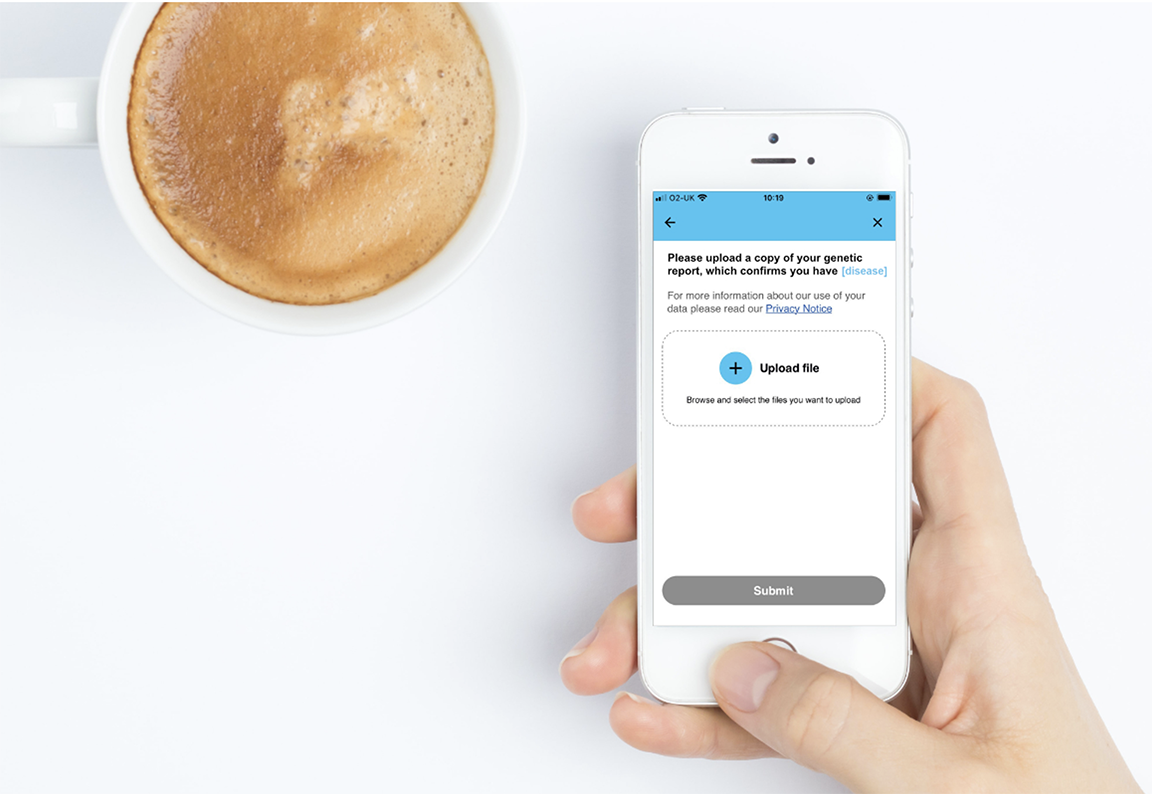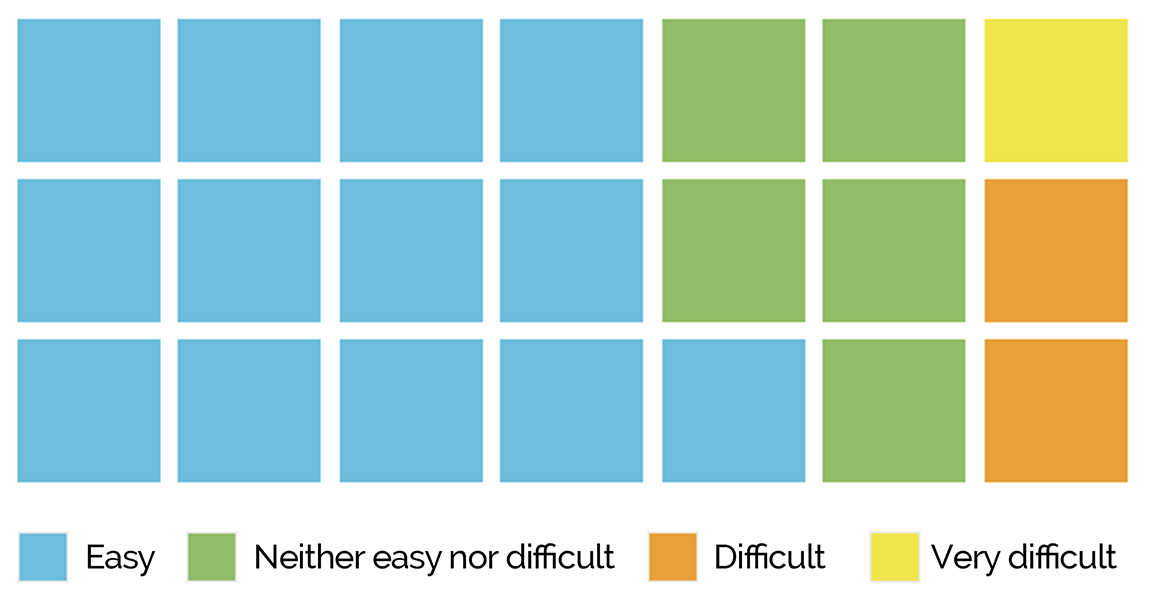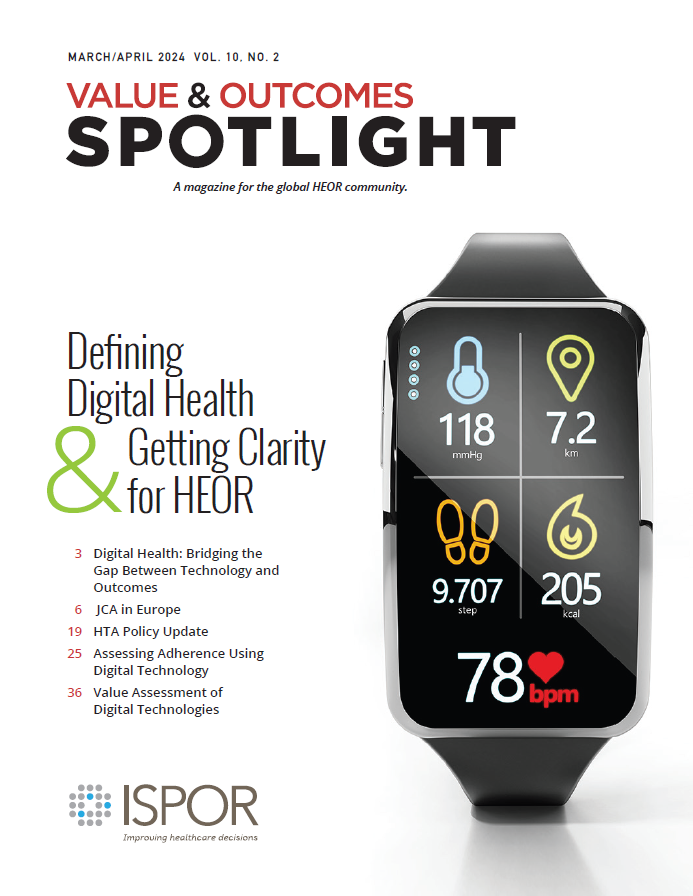Digital Diagnosis Validation in Patient-Centered Research
Malak Alsawady, MSc; Jack Lawrence, MSc; Fatemeh Amini, MScR; Sally-Anne Vincent, MSc, Vitaccess, London, England, UK
Introduction
In today’s medical landscape, digital patient-reported real-world studies have emerged as pivotal contributors to assessing treatment value and effectiveness in clinical practice. Within these studies, diagnosis validation serves as a critical component of the recruitment process, ensuring participant eligibility and data reliability. A multitude of diagnosis validation features have been developed and integrated into digital patient-reported studies over the years—patient attitudes towards these features, however, remain to be explored.
This article sheds light on this topic by delving into the findings of a study that surveyed patient perceptions of a digital diagnosis validation feature, including its perceived ease of use and overall convenience.
The Importance of Diagnostic Validation
Diagnosis validation is a key component of the recruitment process, allowing researchers to certify a participant’s eligibility to enroll in studies based on their diagnosis, while simultaneously informing the validation of other inclusion criteria (eg, confirmation of a condition-specific prescription can function as a form of diagnosis validation and fulfillment of an inclusion criterion).
The diagnosis validation process is of particular importance when the target population is hard to reach, as is often the case when proposing studies including participants with rare diseases that collect real-world evidence.1 The recruitment and diagnosis validation process must therefore be carefully planned to maximize recruitment, while also ensuring that the diagnoses provided to investigators are genuine and accurate. One innovative method asks prospective participants to digitally submit a diagnosis letter or proof of medication packaging during the enrollment stage.
"Utilizing a digital diagnosis validation feature—where participants are required to upload proof of their diagnosis—can be effectively implemented in different patient populations."
Patient Perspectives: Unveiling Attitudes Towards Digital Diagnosis Validation
A web-based survey completed by 22 individuals aged between 28-74 years with various chronic medical conditions yielded insights into the prevailing attitudes towards the use of a digital diagnosis validation feature (Figure 1). Over half of respondents indicated that obtaining proof of their medical diagnosis would be straightforward, whereas over one-third anticipated challenges, primarily due to poor cooperation from healthcare facilities. Of the former group, the largest proportion already had proof of diagnosis, whereas of the latter group, three-quarters did not.
Figure 1. An example diagnosis validation feature shared with respondents.

When asked about their preferred format for retaining proof of diagnosis, half favored hard copies, while one-third preferred digital copies. The majority expressed comfort in sharing proof of their medical diagnosis as part of study enrolment, and the largest proportion regarded the use of an upload feature to be easy to navigate (Figure 2).
Figure 2: Responses to “How would you find it to use the upload feature?” (n=21)

Shaping The Future Of Digital Real-world Studies
Findings suggest that utilizing a
digital diagnosis validation feature—where participants are required to upload
proof of their diagnosis—can be effectively implemented in different patient
populations. Moreover, the positive feedback on the use of the upload feature
indicates that participants would find the process straightforward and
user-friendly, which is vital for ensuring high engagement and participation
rates in digital real-world studies.
Similarly, the study revealed a generally positive attitude towards sharing medical information as part of the study enrollment process, emphasizing the potential for successful recruitment and data collection.
By incorporating these digital features, researchers can establish a reliable alternative to traditional clinical site-based recruitment for digital real-world studies. This approach can enhance the convenience and accessibility of participation, which can potentially increase the diversity and representativeness of study samples.
"As studies continue to take advantage of the remote data collection capabilities of smart devices, digital self-diagnosis validation will play an increasingly central role in the recruitment process."
Concluding Remarks
Moving forward, as studies continue to take advantage of the remote data collection capabilities of smart devices, digital self-diagnosis validation will play an increasingly central role in the recruitment process. Therefore, with time, it is hoped that evidence-based literature is built to interrogate and support the reliability of digital diagnosis validation. This normalization will in turn help diagnosis validation to be viewed as the beginning of a conversation between the participant and investigator, encouraging a collaborative approach to maximize the success, efficiency, and accuracy of prospective studies.
Reference
1. Vincent S, Borecka O, Llewellyn S, Bottomley C. How easily could you obtain proof of diagnosis for your medical condition? Feedback from individuals with chronic medical conditions on a digital diagnosis validation feature. Value Health. 2022;25(12):S497-S498. doi: 10.1016/j.jval.2022.09.2467

